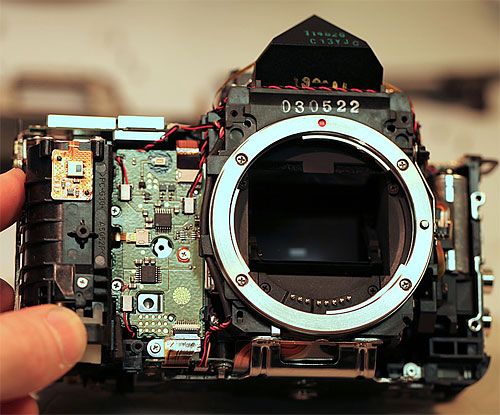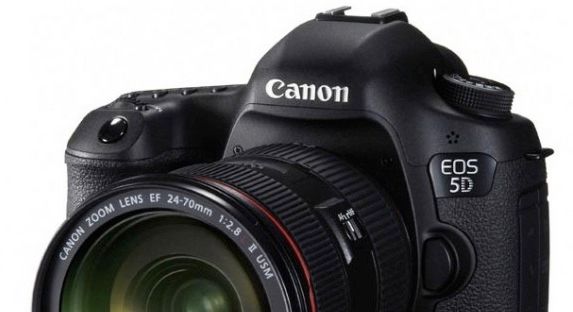EOS 5D Mark III strip tease: Perfection where you can’t see it.

What do you do if you rent out a camera and it comes back with a loose screw inside? You probably would send it in to a service center to get the problem fixed. But if you have the necessary technical skills (and you really need this skills) you may also decide to tackle the problem by yourself and to open the camera to find that damned screw that’s rattling around inside. This is what Roger Cicala of lensrentals.com must have thought as he got such a camera body in his hands. It happened to be an EOS 5D Mark III, and he posted the report on imaging-resource.

